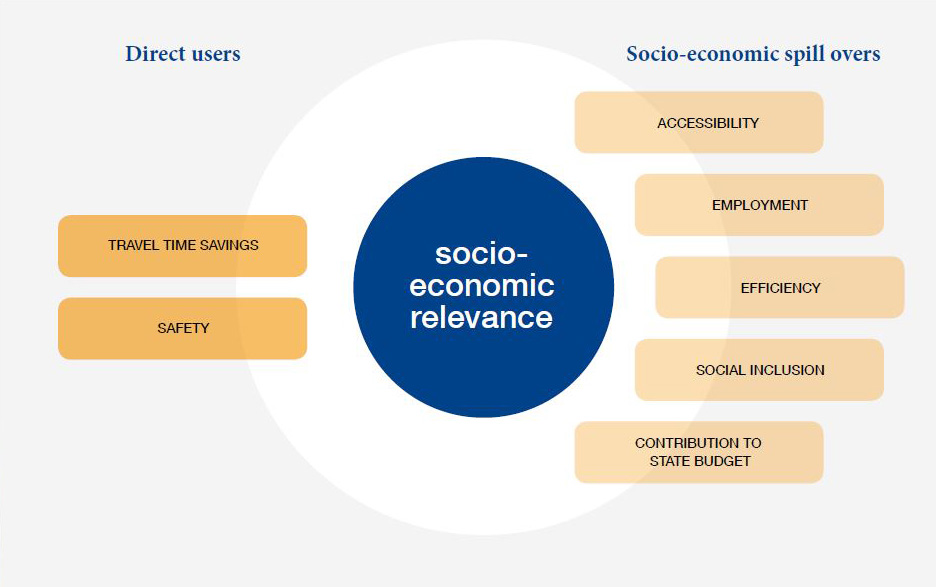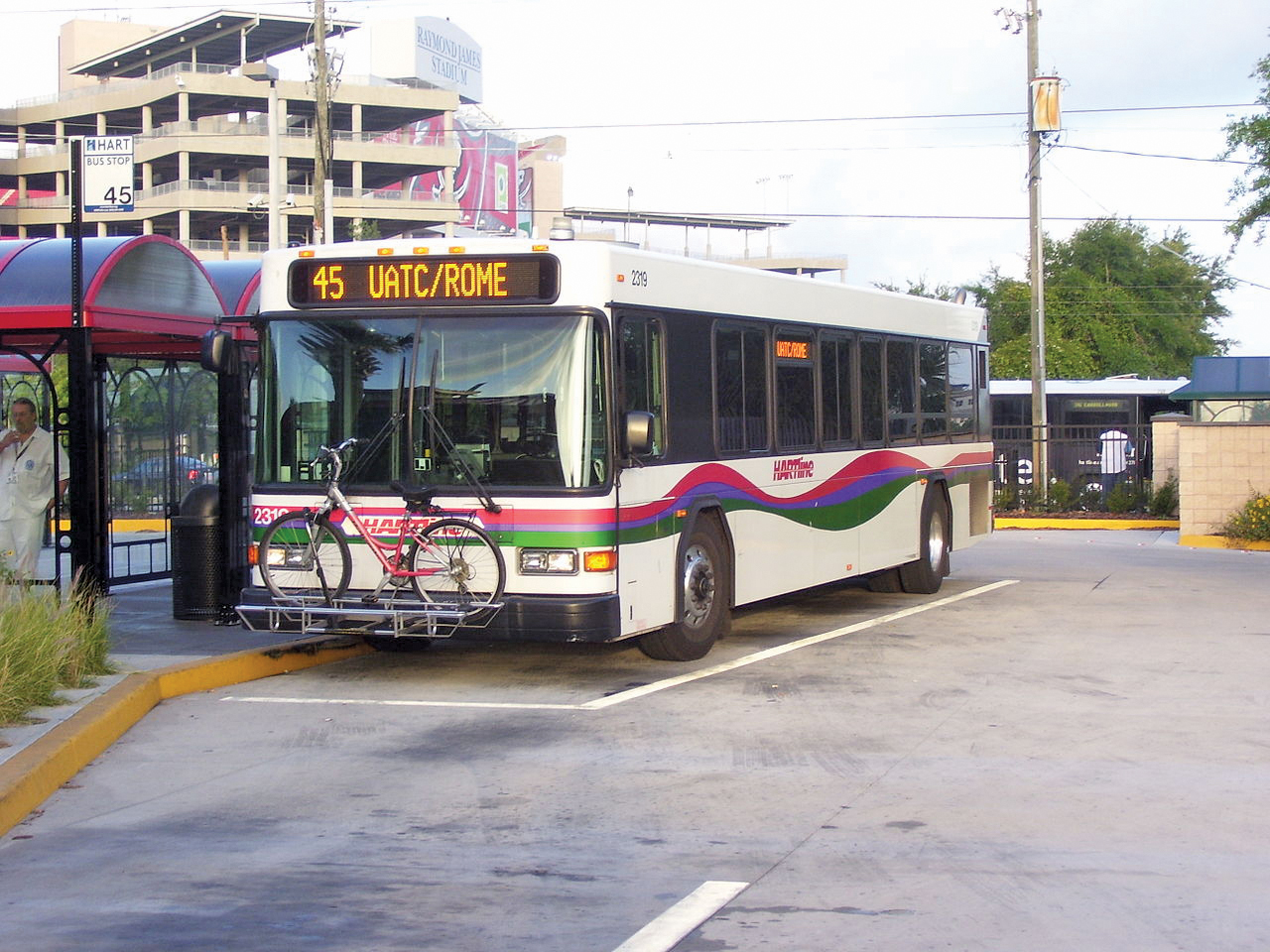OmniAir's Tim McGuckin takes a look at what happens when a tolling authority makes safety its principal operating criterion. The bottom - line effects, he says, are not as onerous as one might think. Replacing an existing 915MHz-based Electronic Toll Collection (ETC) system with a new 915MHz system for toll collection is - from a technology standpoint - comparable to trading in your 1999 high-mileage Buick for another 1999 Buick with '0' on the odometer.

The vehicle is indeed functional, but is it certainly not new. It sits there devoid of 10 years'-worth of research and development - R&D that will have produced not only myriad new instruments and components that enhance performance and safety (radar, lidar, Electronic Stability Control, xenon lights and so on) but also technology that has improved the driving experience (navigation systems, Sync, mp3, concierge).
It's unfair to criticise tolling authorities for spending limited resources on artifacts. Agencies are by nature conservative, particularly about technology. They have to procure things that work and the next generation of ETC systems - those of the open standards-based, high data-rate, low-latency and scalable kind - are not yet in operation.
While this tentative approach seems logical, it is only so if one regards a toll operator from the viewpoint of 'tolls' alone. Is it time to ask whether this is still the best way to see oneself? Is it the best approach to serve your patrons, none of whom incidentally are buying Sony Walkmans anymore? Maybe, if all that a customer wants is a 1999 Buick and if all that a toll operator wants to do is collect revenue. But in reality, customers want more; agencies are charged with doing more, and that what people are paying for is more of everything when they use a toll facility.
Still, toll operators will adopt technology according to their own schedules. But what can be done to inspire them to expedite implementation? Perhaps they need to see themselves and their operations from a different viewpoint - safety.
Now, transitioning from revenue collection, a toll operator's reason for being, to safety might be a stretch but the real transition is one of perspective. If you adjust your planning from the short view to a long view (which doesn't necessarily mean things are far off but that they serve long-term goals) this perspective opens a new pathway where that transition is not only possible but preferred.
NYTA: adopting a new perspective
Like any transportation enterprise, the primary goals of a toll operator are: to provide the safest driving experience possible for its customers; and to find, manage and apply the resources necessary to preserve that experience. Many resources - people, departments and money - are applied to meet these two goals.Despite their narrow charge, toll facility organisational charts have grown over time, having evolved from a single nucleus - typically the construction/maintenance department - to include new departments addressing a host of issues called for by legislation, societal imperative or simple necessity. Today these departments co-exist in various degrees of harmony as each one attempts to meet its discrete objectives. A natural outcome of the bureaucracy is a soft rivalry for the limited resources needed to meet distinct departmental goals.
In this system, the safety department plays an important role but it is also viewed as one with a demand for resources for the tools, devices and practices that advance safety. These costs must be covered by revenue obtained elsewhere. Because safety is not typically viewed as creating explicit value, in the toll organisation it has become a practical matter to subordinate it to the department that collects revenue: the ETC department. This may be unfair, and even iniquitous, but it is normal. But does this management approach satisfy the real mission of the operator and the long view? Is it myopic or broadminded?
One toll operator thought that the answer to that question was the first former. It decided to change its view and rearrange its entire operation around a more holistic, long-term vision. Today it is benefitting from this fundamental rethink.
In early 2009, the New York Transportation Agency's Board (NYTA is the operator responsible for financing, operating, and maintaining 575 miles of limited-access interstate-class highways in New York State) empowered NYTA's Chief Safety Officer to establish and enforce the mission of the organisation. This included the policy for all support systems and encompassed those for ETC.
Critics called this reorganisation unorthodox at best. But when NYTA put the CSO in charge of toll operations, it created a very different way of thinking about how to solve a broad array of problems. The safety office was able to influence the ETC department's choice of technology by declaring, "If you want an efficient and reliable revenue collection system, that is logical - you just need to balance that objective and expenditure with NYTA's primary goal - safety. If you want to collect tolls or institute pricing, it has to be via a technology that best serves the agency's promise to the public today and in the long run. You can no longer think only about ETC read rates, quarterly tag distribution counts and five-year technology capital improvement plans; you have to think about accident rates, body counts and 20 years down the road.
When safety became the institutionally accepted primary driving authority behind all toll operational decisions, the result was that NYTA invested in a technology that did in fact increase safety but also increased revenue, reduced expenditures (for safety and ETC systems) and spurred innovations impossible via the single-use technologies it invested in before. In 2009, NYTA invested in 5.9GHz DSRC.
5.9 - A Map and a Path
NYTA knew that to do this, it needed technology with headroom - something that would: enable other revenue streams; wasn't singular in purpose; and would lead to safety in the future. NYTA knew it couldn't be expected to leap forward but had to create a path. It concluded that the only technology that didn't place limits on where the organisation could go, technically, economically or legally was 5.9GHz DSRC. It knew that 5.9GHz DSRC was developed to provide a multi-service, scalable platform and that this was needed to support the reorientation of the agency. Specifically, 5.9 offered four key application groups NYTA found critical to the implementation of a balanced, sustainable safety organization. Each had its own development pathway. Each formed a base on which to build the next, and this matrix worked both left to right and top to bottom. Figure 1 shows the application matrix.NYTA held this matrix against other technologies and found none that could fill it in as completely as 5.9. This had to do with the physical limits of the technology and also the freedom to innovate, as the ability to do this relates to whether the protocol is open as opposed to proprietary (where permission of the vendor must be provided - and paid for).
NYTA also knew that the state is dependent on tourism, agriculture, finance and manufacturing, and that the services provided by a safe, high-quality road were important drivers of economic growth. But that growth had to balance with protection of assets. The 'engine' had to be sustained and thus paid for.
5.9 provided the foundation to allow NYTA to help the state account for the externalities of various activities. When a commuter, delivery company, farmer, shipper, or vacationer uses a NYTA road, that act diminishes it in terms of wear and tear, congestion, increased risk of accidents and environmental damage. Yet, this negative externality - a cost - is rarely explicitly added to the bill. By attending an IBTTA Meeting, NYTA learned that in Germany, a portion of the user fee the operator charges related to how polluting a vehicle is: the higher the emissions, the higher the fee. NYTA instituted a straightforward method to vary charges by associating vehicle class data which it already held to this new fee structure.
Of course the NY Commercial Truck Association, which already worked with NYTA as a distributor of old toll-tag technology, was consulted. They were concerned with the potential additional charges. With operating margins so slim, this was understandable. Again, 5.9 offered a path to mitigate that resistance. Unlike any other technology, 5.9 allowed NYTA to use those vehicles - and all vehicles - as assets. They generate probe data - a positive externality - and until now, an unaccounted-for benefit. NYTA thus pioneered the idea of developing a state-wide vehicle probe data exchange that set a floor price for the value of data - of great interest to data generators (trucks and buses today, private drivers tomorrow) - and provided consistency and reliability of data - of great interest to data aggregators and users.
The CVO community was a natural early adopter of these mild-embedded retrofit 5.9 devices: large vehicles like buses and Class 7 and 8 trucks have looser design requirements - their bigger engine compartments simply can fit new devices better; CVO drivers are trained to operate complex vehicles with unique systems and added devices; fleets are typically subject to much better maintenance regimes than any personal car; and these vehicles traverse the state, regions and urban areas via the same route at the same time every day or week and lend themselves to the provision of rich, constant data not only for immediate 'system awareness' applications but also for planning purposes.
By 2015, the NYTA's decision in 2009 to take a more holistic view of what it does for the public enabled them to improve safety, reduce congestion, earn additional revenue, protect assets and spur innovation.
Conclusion
Yes, this is a fictional toll road. But it doesn't have to be. As the community debates a new transportation future, it needs to remember that it has a technology today that can do much to help it realize the scenario above. 915MHz systems are short-sighted. 5.9GHz DSRC provides an incredible view to the future by enabling a range of services in addition to tolling - from safety to data to commercial to pricing and others not even invented yet. If our priorities don't allow us to recognise that, we end up impoverishing both the agency's mission and the people it serves. Worse, we start racking up even more bills in the form of increased accidents, injuries, deaths and congestion. And, we're not even mentioning the opportunity costs - the intangible losses from of all that lack of innovation.| Group | Steps | S1 | S2 | S3 | S4 |
|---|---|---|---|---|---|
| Revenue collection | S1 | Tolling | Pricing | Congestion charging | Travel warranties |
| Mobility management | S2 | Tolling | Probe data Weather-data | Traffic advisory Weather infromation Intelligent dispatch | CVO wireless management Inspection CVO wireless WIM Predictive Travel Time |
| Commercial | S2 | Tolling/EPS | Probe data Exchange | Concierge service Remote diagnosis | To be invented |
| Safety Management | S3 | V2V V21 | SOFT SAFETY: EBL Hard break warning Accident warning Road condition alert Curve-speedwarning | FLEET SAFETY: CVO inspection Work zone safety Worker safety | HARD SAFETY: Lane departure warning Collision avoidance |











